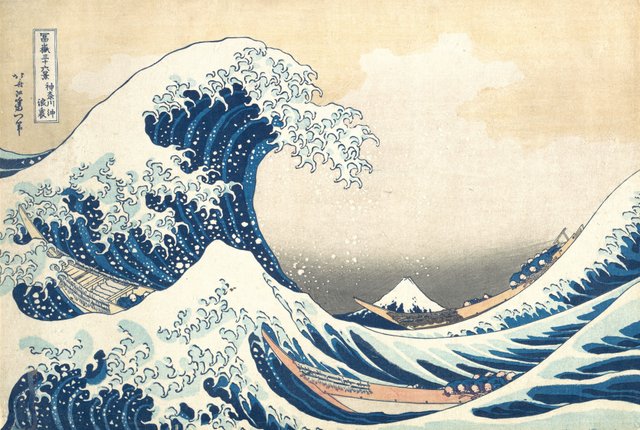

Dear friends, @vdux's Haikus Contest (bases )comes with a difficult topic to cover: Japan. The temptation to tie into a small haiku the immense meaning that the name evokes is great but out of reach for my limited possibilities. I believe that whoever achieved this feat would be a master. So I decided to confine myself to a small aspect, and I thought about it.
Of course Mount Fuji went through my head. That summit of white and majestic crown. I also thought of some scenes from Hiroshima, mon amour, samurais and Hinuyasha (:-D); however, I stayed with Hokusai, and went on to explain briefly why.
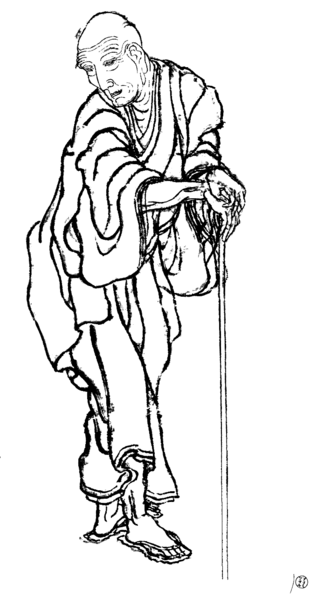
Hokusai Katsushika was born in 1860 and died at the age of 88, after having a prolific, recognized and great life as a painter, engraver and master in his arts. His name was Katsushika Hokusai, but he remained for history as Hokusai. Unique.
His landscape engravings, Thirty-six views of Mount Fuji (published between 1826 and 1833), are perhaps his most recognized works, but he also painted other landscapes, many erotic scenes (known as shunga, a genre of great tradition in ancient Japan; especially those that mix fantastic themes in this style are phenomenal), and the first mangas (he is considered the creator of the genre). Although, according to Wikipedia:
The Hokusai Manga (北斎漫画, "Hokusai's Sketches") is a collection of sketches of various subjects by the Japanese artist Hokusai. Subjects of the sketches include landscapes, flora and fauna, everyday life and the supernatural. The word manga in the title does not refer to the contemporary story-telling manga, as the sketches in the work are not connected to each other. Block-printed in three colours (black, gray and pale flesh), the Manga comprise literally thousands of images in 15 volumes, the first published in 1814, when the artist was 55. The final three volumes were published posthumously, two of them assembled by their publisher from previously unpublished material.
However, many see in their sketches published under the label of Manga, the origin of what would be modernly the genre. Here are some sample images.
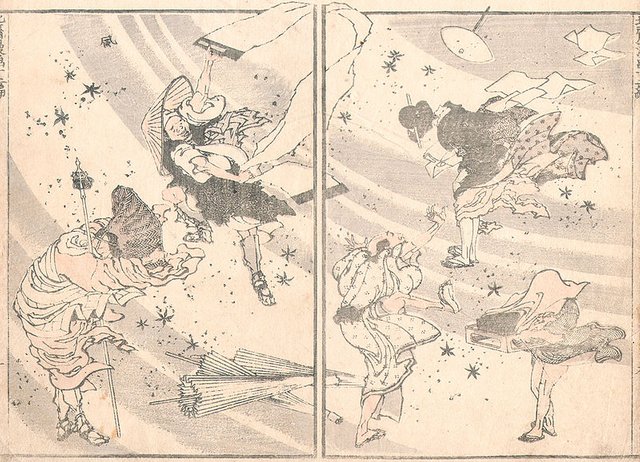
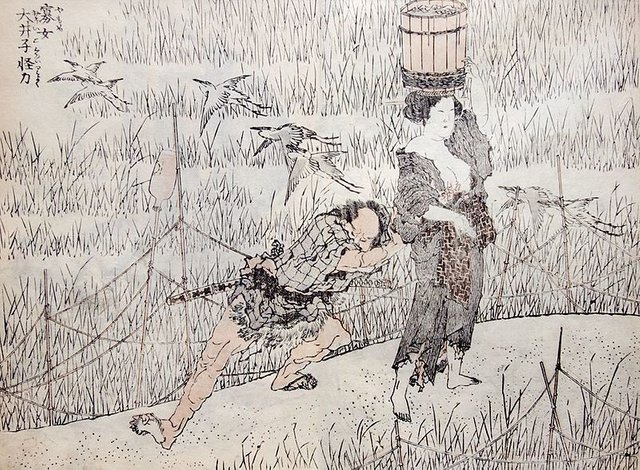
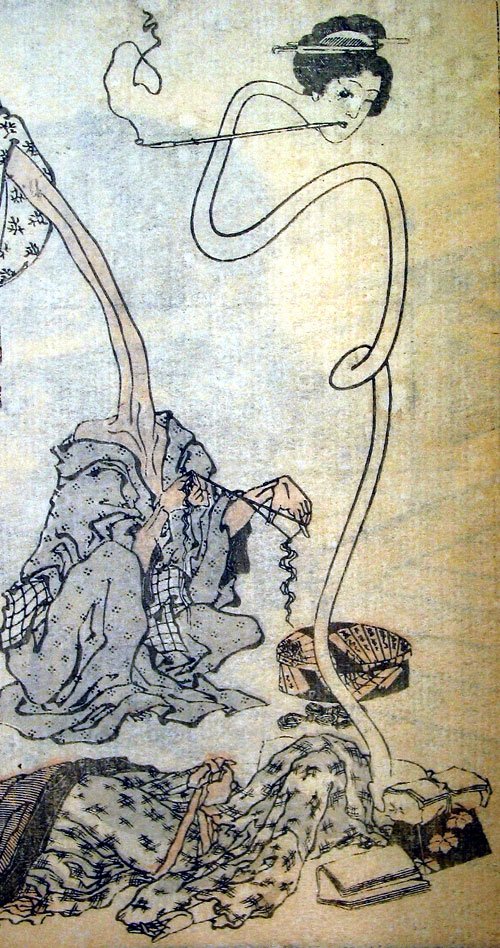
Source
Hokusai used more than 30 names during his long life as an artist. He influenced (the movement was called by Japanese critics) European artists such as Jean Claude Monet and Vincent van Gogh.
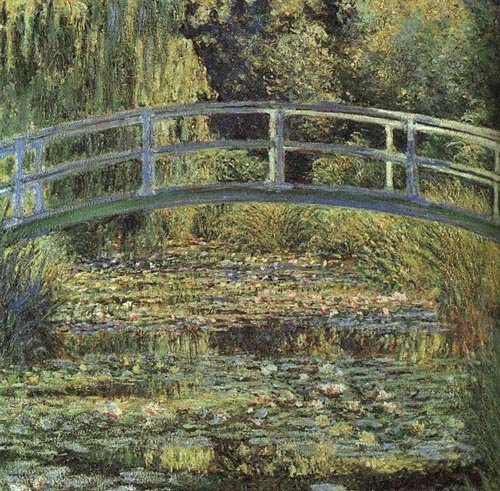
Claude Monet: The Water Lily Pond: Green Harmony
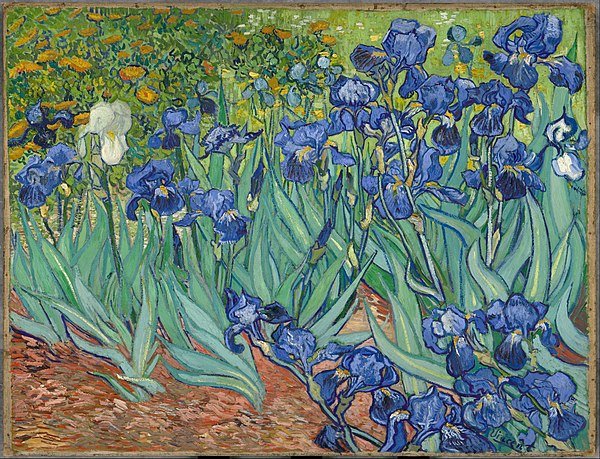
Irises, 1889. Vincent Van Gogh

So I leave my haiku in Spanish (with adjusted metrics) and an English version (with almost fair metrics).
I am grateful.


Una ola crece
y mengua el Monte Fuji.
¡Grande, Hokusai!

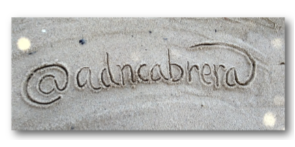

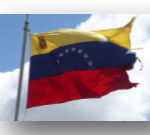
Freedom for my country!


Posted from my blog with SteemPress : http://adncabrera.vornix.blog/2019/03/30/hokusai-and-a-haiku-on-japan-for-vdux-haiku-contest/
Siempre una entrada excelente. Escritor supremo y poeta grande. (Perdona mi español pobre...)
Downvoting a post can decrease pending rewards and make it less visible. Common reasons:
Submit
Tu español suena bonito y tus palabras son generosas.
Un abrazo, estimado @Vdux.
Downvoting a post can decrease pending rewards and make it less visible. Common reasons:
Submit
Great #Haiku, and I really enjoyed reading about #Hokusai, as well as the artwork!
Thanks, @adncabrera!!!
Downvoting a post can decrease pending rewards and make it less visible. Common reasons:
Submit